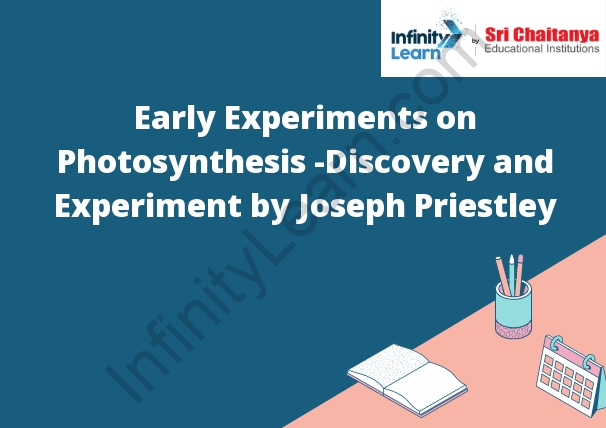Photosynthesis Discovery – Early Experiments
The discovery of photosynthesis was a gradual process that took many years. The early experiments were performed by scientists who were trying to understand how plants produce food. One of the first clues about photosynthesis came from a scientist named Jan Ingenhousz. In 1779, Ingenhousz observed that plants produce oxygen gas when they are exposed to sunlight. This was the first evidence that sunlight is necessary for photosynthesis.
In 1804, a French scientist named Jean Senebier published a book that described his experiments on photosynthesis. Senebier showed that plants produce sugar when they are exposed to light. He also showed that the sugar is produced in the leaves of the plants.
In 1816, a German scientist named Joseph von Fraunhofer discovered that plants produce a green pigment called chlorophyll. Fraunhofer also discovered that plants need sunlight and water to produce sugar.
In 1842, a British scientist named William Henry Fox Talbot discovered that plants produce a black-and-white photographic image when they are exposed to light.

Experiment by Joseph Priestley
Joseph Priestley’s experiment was significant because it showed that air is not a simple substance, but is instead made up of different gases. This was an important discovery because it helped to disprove the theory of phlogiston, which proposed that all combustible substances contain a substance called phlogiston that is released when the substance combusts. Priestley’s experiment also showed that oxygen is necessary for combustion, which helped to establish oxygen as a vital element in the natural world.




